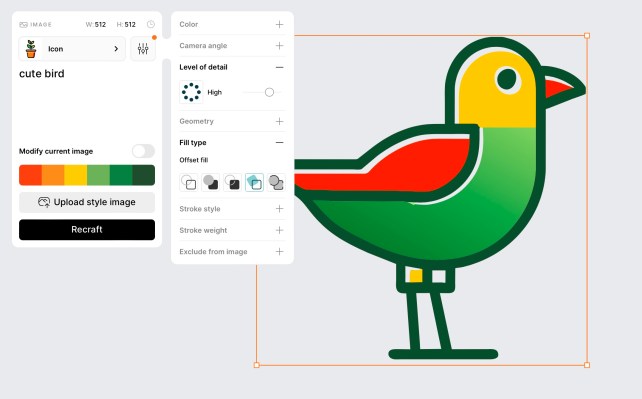TradingView’s Social Asset Tagging System: A Modern Approach to Financial Analysis

In the rapidly evolving world of financial technology, TradingView has established itself as a pivotal platform for traders and investors alike. Offering a suite of tools that enable comprehensive market analysis, TradingView has become a hub for financial professionals seeking real-time data and insights. Among its many innovative features, the social asset tagging system stands out as a significant advancement, bringing a layer of social interaction and collective intelligence to asset analysis.
TradingView’s social asset tagging system allows users to categorize and link specific assets with relevant content across the platform. This feature not only enhances the user experience by organizing information efficiently but also fosters a collaborative environment where traders can share insights and strategies.
The Mechanics of Social Asset Tagging
The social asset tagging system on TradingView is designed to streamline information sharing and retrieval. When users create content such as charts, analyses, or ideas, they can add tags that associate this content with specific assets. These tags make it easier for other users to find related information, facilitating a network of shared knowledge.
Key components of the system include:
- Asset Identification: Users can select from a comprehensive database of financial instruments, including stocks, commodities, currencies, and cryptocurrencies, ensuring that all tagged content is accurately linked to the relevant asset.
- Tagging Interface: The user-friendly interface allows for seamless addition of tags during content creation, making the process intuitive even for new users.
- Search and Discovery: A robust search function enables users to find tagged content quickly, promoting efficient research and decision-making.
Benefits for the Trading Community
The implementation of a social asset tagging system brings numerous advantages to TradingView’s user base:
- Enhanced Collaboration: By connecting users through tags, TradingView facilitates the exchange of ideas and strategies, allowing traders to benefit from collective insights.
- Improved Research Efficiency: The tagging system reduces the time spent searching for relevant content, enabling users to focus more on analysis and decision-making.
- Increased Engagement: As users interact with tagged content, they become more engaged with the platform, contributing to a vibrant and active community.
Global Context and Technological Relevance
The rise of social trading platforms like TradingView reflects a broader trend in the financial technology sector, where collaboration and community-driven insights are increasingly valued. As global markets become more interconnected, traders and investors require tools that not only provide data but also facilitate discussion and shared learning.
TradingView’s social asset tagging system is particularly relevant in today’s digital age, where information is abundant yet often fragmented. By offering a structured way to organize and access financial data, TradingView supports more informed trading decisions, aligning with the needs of a tech-literate professional audience seeking precision and reliability.
Conclusion
As TradingView continues to innovate, its social asset tagging system exemplifies how technology can enhance financial analysis and community interaction. By empowering users to categorize and share content effectively, TradingView not only enriches the trading experience but also contributes to the evolution of collaborative financial platforms. This system marks a significant step in the integration of social elements into financial technology, providing a model for future developments in the industry.














